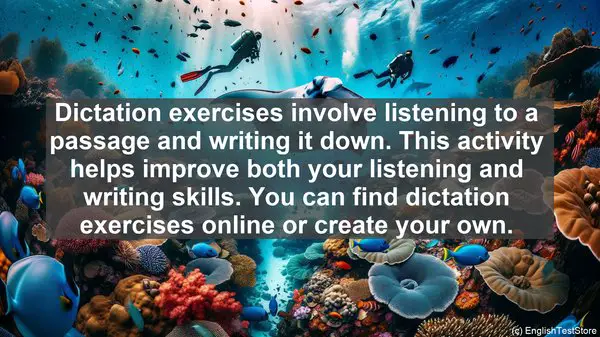Introduction: The Importance of Understanding Complex Texts
In the TOEIC Reading section, you’ll come across a variety of texts, ranging from news articles to business reports. Understanding these complex texts is crucial for answering the questions correctly. Today, I’ll be sharing the top 10 methods that will help you navigate through these texts with ease.
1. Skimming: Get the Big Picture
When you first encounter a text, don’t dive into the details right away. Instead, skim through it to get an overall idea. Pay attention to headings, subheadings, and the first and last sentences of each paragraph. This will provide you with a roadmap of the text.
2. Scanning: Locate Specific Information
Scanning is a technique used to quickly find specific details. Instead of reading every word, your eyes move rapidly over the text, looking for keywords, numbers, or names. This method is particularly useful for questions that require you to find specific information.

3. Pay Attention to Signal Words
Signal words, such as ‘however,’ ‘therefore,’ or ‘in addition,’ can give you important clues about the relationship between ideas. They indicate contrasts, cause and effect, or examples. By identifying these signal words, you can better understand the flow of the text.
4. Use Context Clues for Vocabulary
Encountering unfamiliar words is common in complex texts. Instead of reaching for a dictionary, try to understand the meaning through context. Look for surrounding words or phrases that can give you a hint. This not only saves time but also improves your overall comprehension.
5. Break Down Complex Sentences
Long, convoluted sentences can be intimidating. To make them more manageable, break them down into smaller parts. Identify the subject, verb, and object. Look for any additional clauses or phrases. This step-by-step approach will help you grasp the meaning of the sentence.
6. Identify the Main Idea
Every text has a main idea, which is the central point the author wants to convey. It’s usually found in the introduction or conclusion. By identifying the main idea, you’ll have a solid foundation for understanding the supporting details.
7. Understand Text Organization
Texts are often organized in a specific way, such as chronological order, cause and effect, or problem and solution. Recognizing this organizational pattern can make it easier to follow the flow of ideas and understand the structure of the text.
8. Take Notes as You Read
Don’t just passively read the text. Actively engage with it by taking notes. Jot down key points, important details, or any questions that arise. This not only helps with comprehension but also serves as a valuable reference when answering the questions.

9. Predict the Answer
Before looking at the answer choices, try to predict what the answer might be based on your understanding of the text. This not only focuses your attention but also helps you eliminate incorrect options more effectively.
10. Practice, Practice, Practice
Lastly, the more you practice, the better you’ll become. Set aside regular study sessions dedicated to reading comprehension. Use a variety of texts, from news articles to academic papers. The more exposure you have, the more comfortable you’ll be with different types of texts.


















